As the song says, “It never rains in Southern California, but don’t they warn you? It pours, man it pours.”
After one of our worst droughts in history, Southern California has been getting drenched lately with heavy rainfall and strong winds. Many of us aren’t used to this kind of weather so we wanted to share some very important safety tips about driving in these dangerous and unfamiliar conditions.
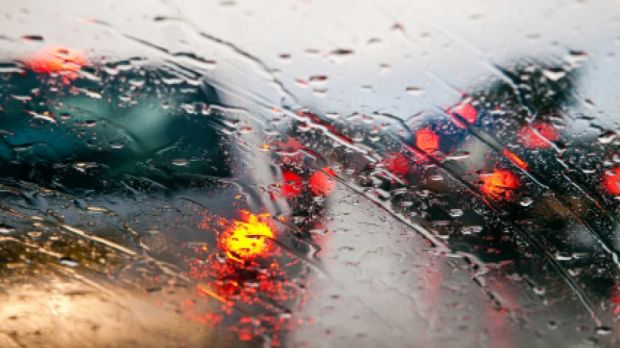
- Check your tires before driving in severe rain. Tire tread is what allows your tires to
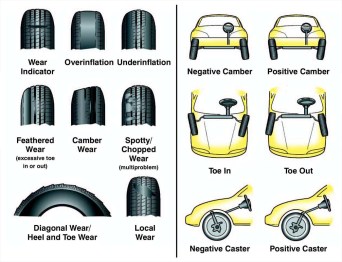 adhere to the road, which is why it’s so dangerous to drive with bald tires. Without the right traction, you can skid, slide, and hydroplane easily in wet conditions. (Click here for a simple way to check your tires at home.)
adhere to the road, which is why it’s so dangerous to drive with bald tires. Without the right traction, you can skid, slide, and hydroplane easily in wet conditions. (Click here for a simple way to check your tires at home.) - Take your time. Slowing down is the only way to keep your vehicle from hydroplaning. Also remember that one of the most dangerous times to drive is soon after it begins to rain, as oils on roadway make for slick conditions. Waiting a few minutes, rather than rushing to your destination, can be a safer plan when it is raining.
- Keep a firm grip on the wheel. Keep both hands on the wheel in case the wind begins to move your vehicle, especially if you are driving a large vehicle or towing a trailer.Anticipate gusts by taking special care when driving through areas prone to strong winds or when weather reports predict severe weather.
- Turn your lights on. Turn your headlights on to help other vehicles see you, even in broad daylight. Be sure to check your lights regularly to make sure none of your lights have burnt out, and replace dead lights immediately. This includes headlights, brake lights, turn signals, tail lights, and running lights.
- Use and maintain your windshield wipers. You can improve your visibility in wet conditions by ensuring that your wipers are up to the job, and by using the right washer fluid. Replace poorly or not working windshield wipers immediately and maintain them annually to prevent them from cracking, breaking, or not sealing properly when you need them most.
- Avoid slamming on the brakes. Slamming on the brakes can cause you to slide forward, and you won’t be able to control the car. Hitting the brakes too hard can also force water into your brakes, making them less effective.
- Approach turns slowly. Turning too quickly on a wet road can cause your tires to hydroplane, and this means you won’t be able to control the car, and could skid out.
- DO NOT use cruise control. Cruise control is another factor that can lead to hydroplaning. The weight of the car shifts slightly when you ease on or off the accelerator, and this helps the tires maintain traction with the road. But with cruise control, because the speed of the car is constant, there is no weight shift, and the car can lose traction.
- Do not drive through deep standing water, deep flowing water or puddles that you are unclear of their depth. Driving through deep or moving water can be hazardous for a number of reasons, including that you could get stuck, stall out, damage the car or the electrical components, or be swept away. If you encounter these types of road flooding, turn around and find another route. In a case where the only route is blocked, pull over and wait out the flooding.
- Be prepared if you start to skid or hydroplane. Skidding on a wet road can be particularly frightening, but the key is to remain calm, look where you want to go, ease your foot off the accelerator, and gently steer in the direction you want to travel. Avoid braking and never slam on the brakes. Hydroplaning can occur at speeds as low as 35 miles (56 km) per hour, and when it happens your car may not react when you turn the steering wheel, and your back end may feel loose.
- Stay focused! When you’re behind the wheel, it’s important to always pay attention to the road, other cars, and pedestrians. This is especially true in the rain, when you cannot see as well, and your ability to stop may be hindered by the slickness of the road.
We know that SoCal traffic is bad enough in good weather and most of us are in a hurry to get to work on time. Driving in traffic is stressful and when it’s slowing you down it’s easy to get frustrated. Please keep an eye on the weather reports and plan ahead to avoid the frustration or pressures of feeling like you need to drive faster than you should in inclement weather. It’s always best to leave 15-30 minutes earlier than you do under normal conditions because your safety is more important than sleeping in or being slightly put out.
Stay safe, SoCal, and be sure to subscribe to our blog for regular safety tips and articles to keep you well and happy in the New Year.

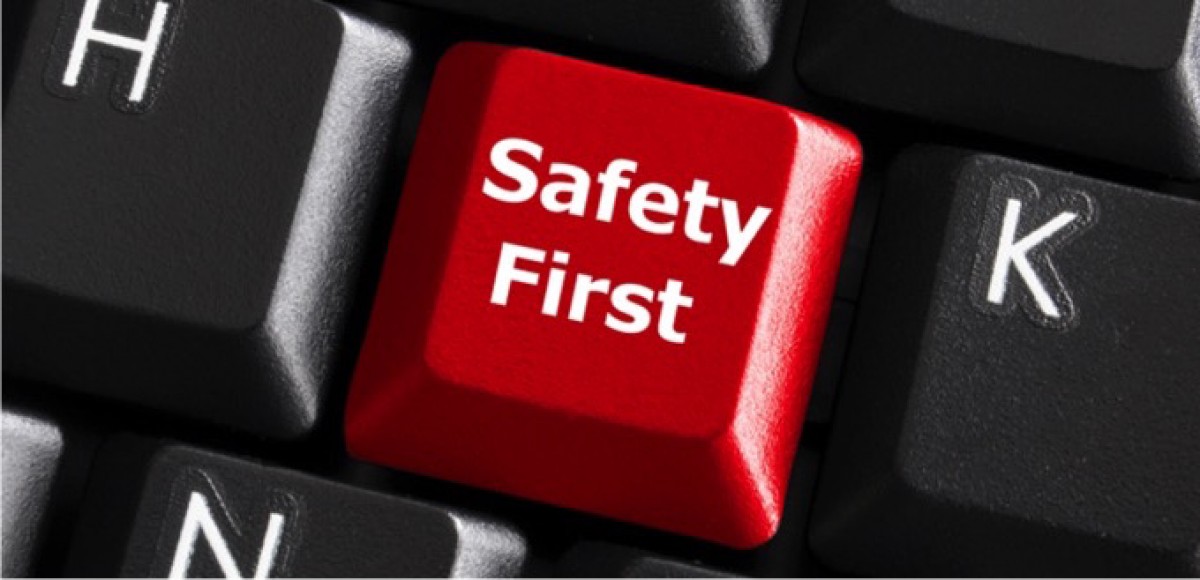
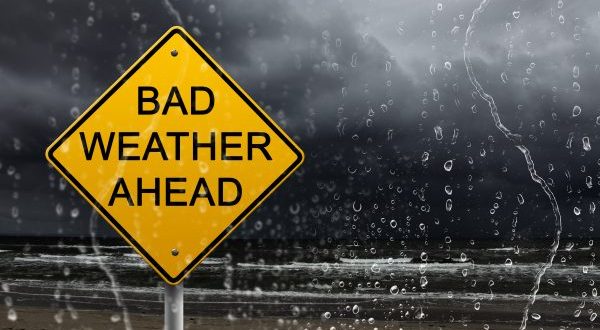

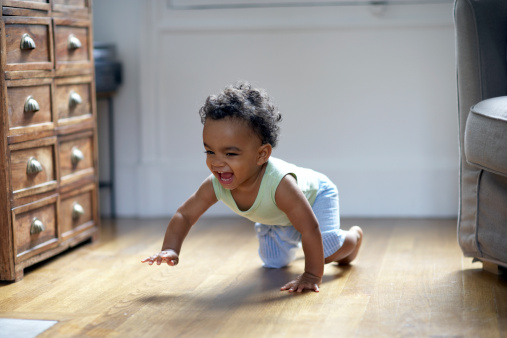
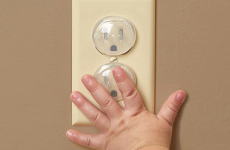 touch them or stick items inside of them which can leak to shock, electrocution or even a house fire.
touch them or stick items inside of them which can leak to shock, electrocution or even a house fire. 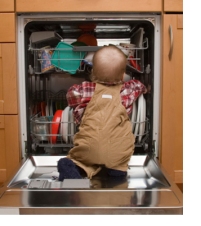 can to prevent your child escaping, going where he/she shouldn’t, or turning on a dangerous appliance.
can to prevent your child escaping, going where he/she shouldn’t, or turning on a dangerous appliance. 